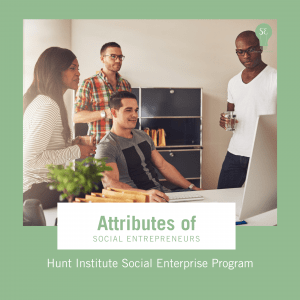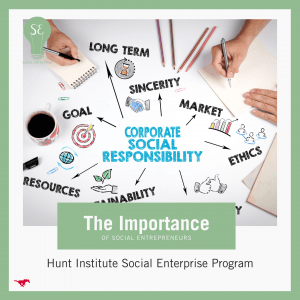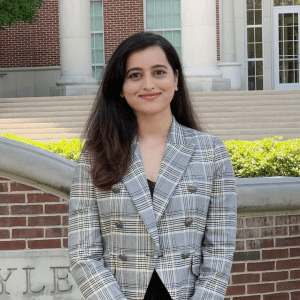Bruce Gnade, Ph.D. is a Clinical Professor and Affiliated Faculty in the Department of Mechanical Engineering at the Lyle School of Engineering as well as the Executive Director of the Hart Center for Engineering Leadership. He was influential in bringing the Grand Challenge Scholars Program to Lyle. The Grand Challenge Scholars Program focuses on the NAE Grand Challenges for Engineering. Dr. Gnade’s research at SMU is focused on flexible electronics with applications ranging from radiation sensors to microelectronic arrays for cellular recording.
Dr. Gnade previously held leadership positions in industry and public service, including Texas Instruments, PixTech, Inc., and the Defense Advanced Research Projects Agency (DARPA), where he served as a program manager overseeing influential technology research projects for the Department of Defense.
Gnade has authored or co-authored more than 195 refereed journal articles and holds 77 U.S. patents and 55 foreign patents. He is a Fellow of the American Physical Society, a Fellow of the Institute of Electrical and Electronics Engineers, and a Fellow of the National Academy of Inventors, as well as a member of the Materials Research Society and the Society for Information Displays.
Dr. Gnade says his motivation is, “…the ability to work with the students that are interested in doing research in areas that can impact the betterment of society.”
His academic career includes faculty appointments at the University of Maryland, the University of North Texas, and the University of Texas at Dallas (UTD). As the Distinguished Chair in Microelectronics and Vice President of Research at UTD, Gnade helped grow university research expenditures from $45M to $100M over a nine-year period. He holds a B.A. in chemistry from St. Louis University and a Ph.D. in nuclear chemistry from the Georgia Institute of Technology.
To read more about the Hunt Institute’s work to develop future-focused solutions to some of the world’s biggest problems, please click here. For the latest news on the Hunt Institute, follow our social media accounts on LinkedIn, Facebook, and Instagram. We invite you to listen to our Podcast called Sages & Seekers. If you are considering engaging with the institute, you can donate, or sign-up for our newsletter by emailing huntinstitute@smu.edu.
















